The NRLP is still in a nascent stage. DPRs of most links are yet to be finalised and submitted. However, since the feasibility reports for most links are ready, the CWC can come up with a rough estimate of the total cost involved in executing a project. As per the CWC, the total cost of the 30 links was estimated to be Rs 5.6trillion in 2002-03 prices – or Rs 11.4trillion in 2015 prices. An investment of this magnitude has to be considered from the perspective of direct and indirect benefits to be accrued over the execution period and beyond.

Apart from the direct benefits – (1) providing relief from recurring floods/droughts, (2) adding 35mn ha. to the irrigated land in the country, and (3) adding about 30GW of hydro power capacity – the project is expected to have significant indirect benefits. Likely to be executed over the next 10-15 years, this project alone could be the biggest boost to construction, cement, and iron/steel industries – in addition to the employment opportunities it will generate over its execution period.
An investment of Rs 11.4trillion appears to be MASSIVE. But broken down into parts and by funding sources, the task appears achievable
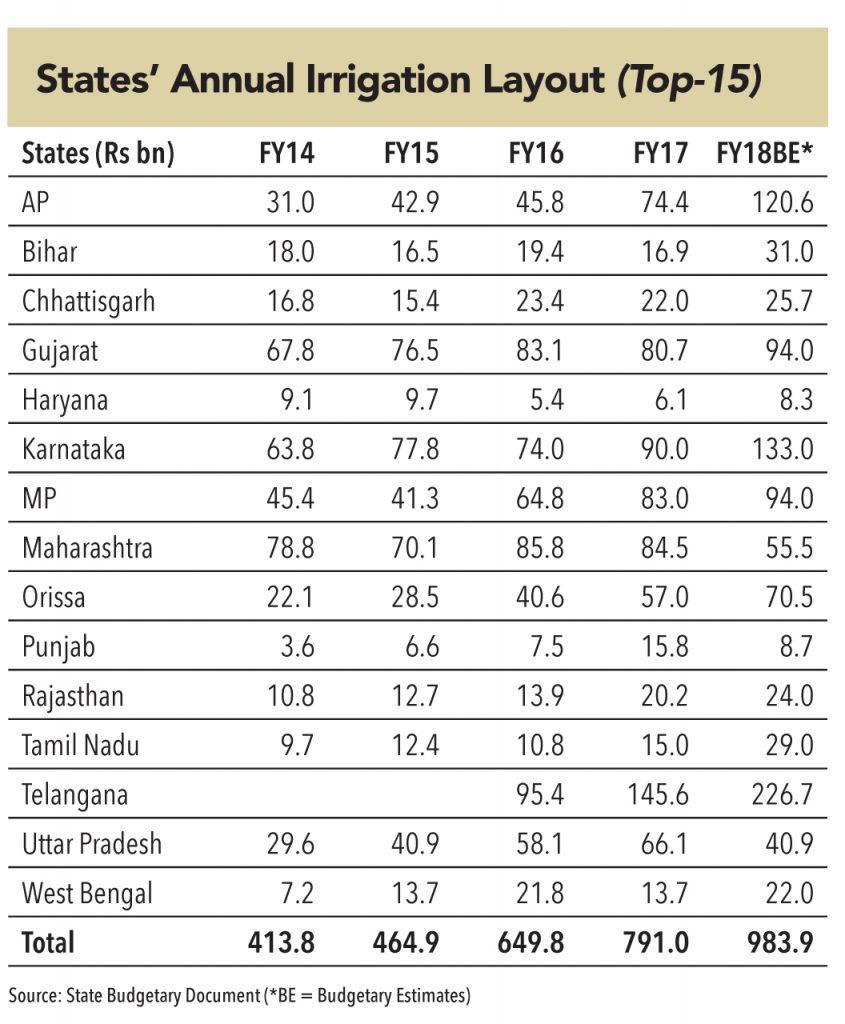
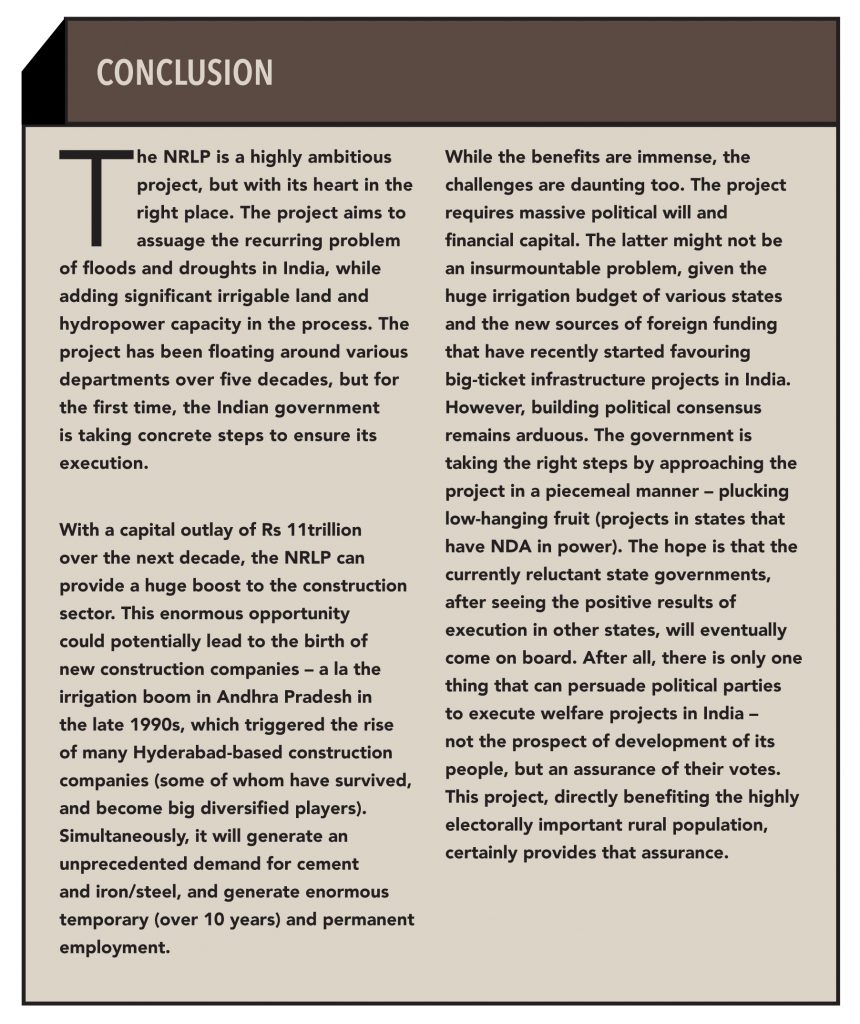
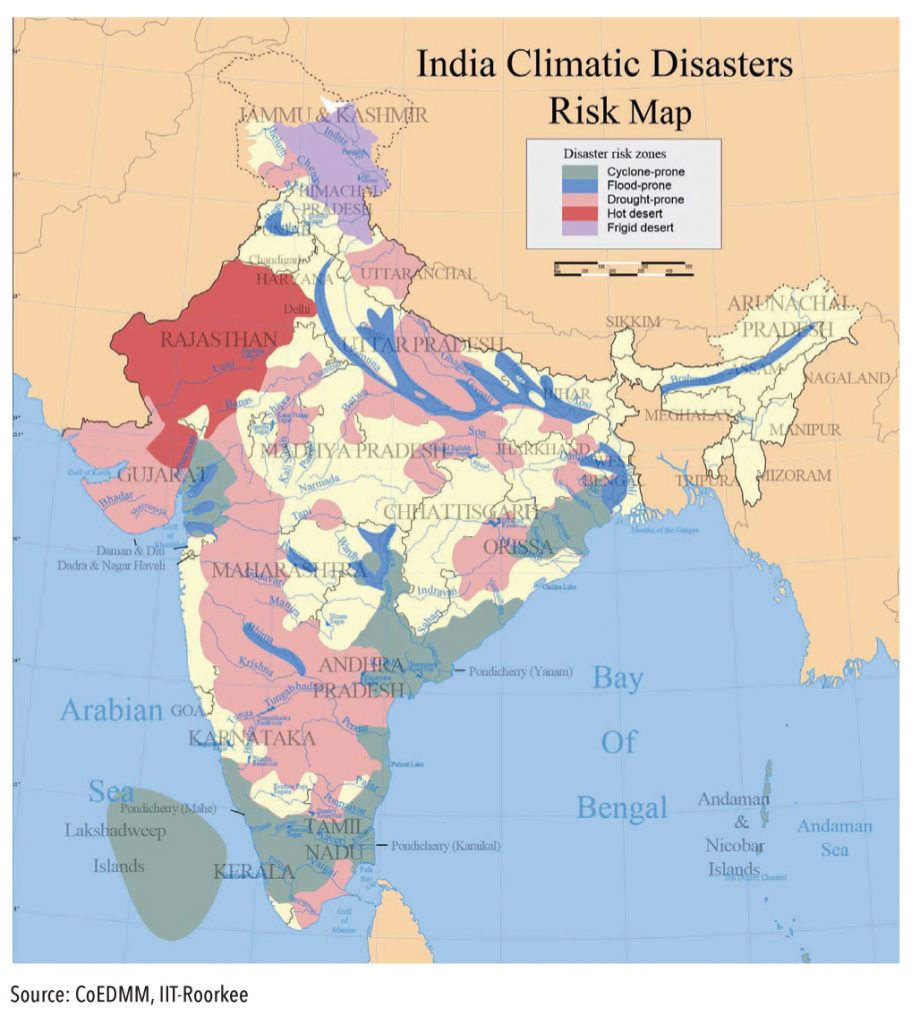
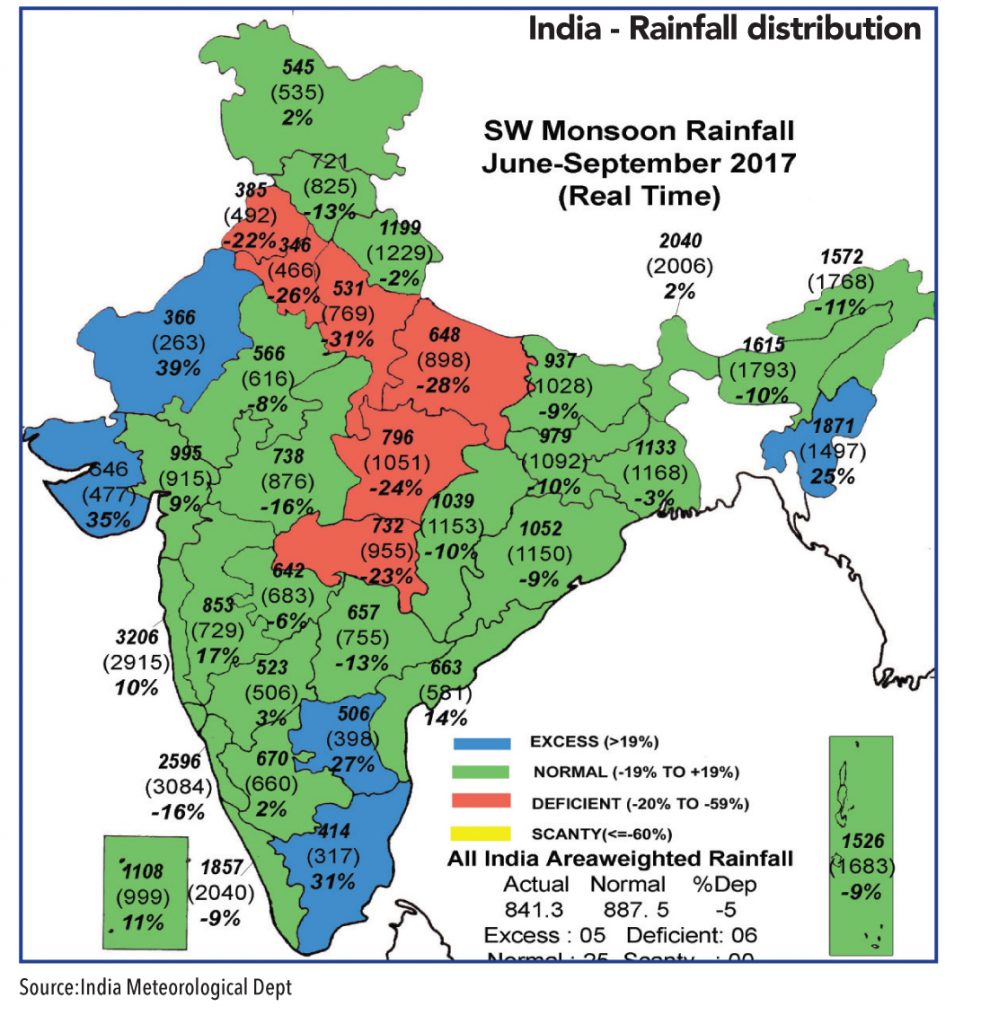
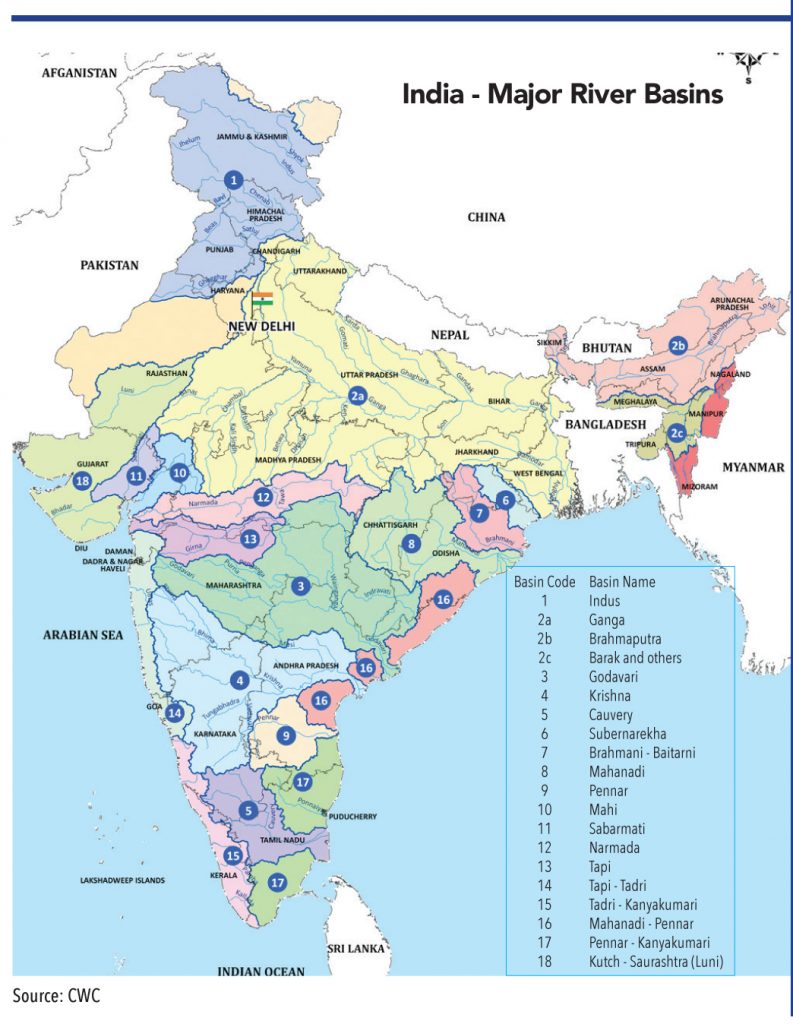
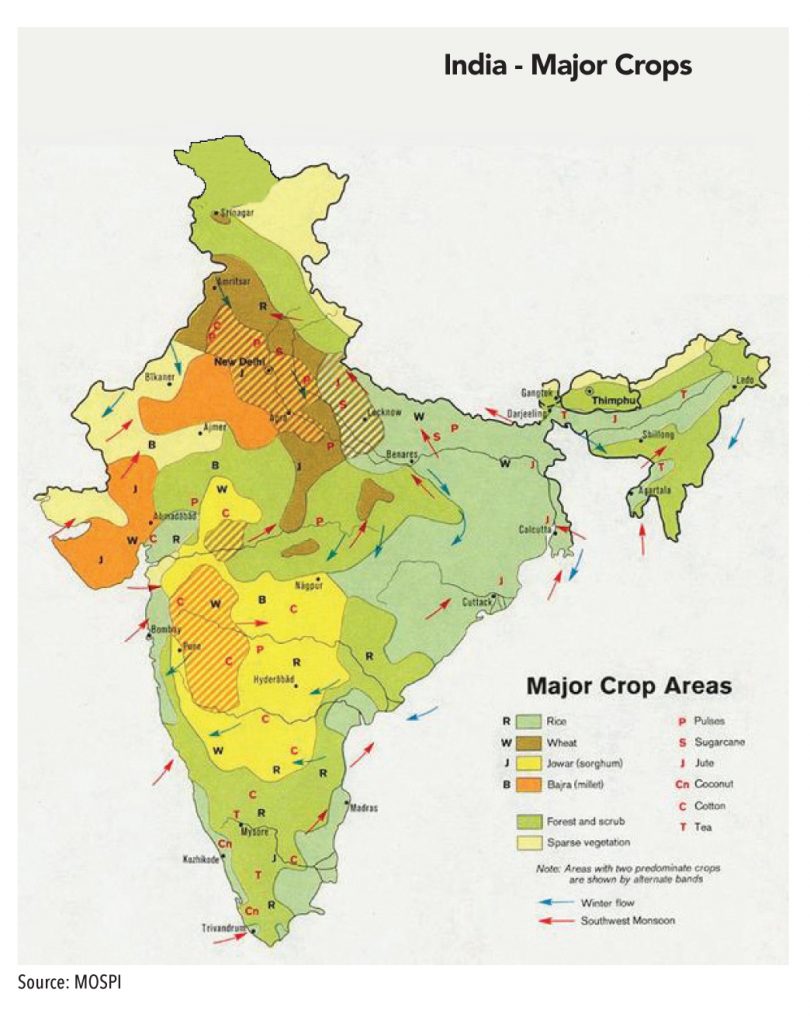
Subscribe to enjoy uninterrupted access